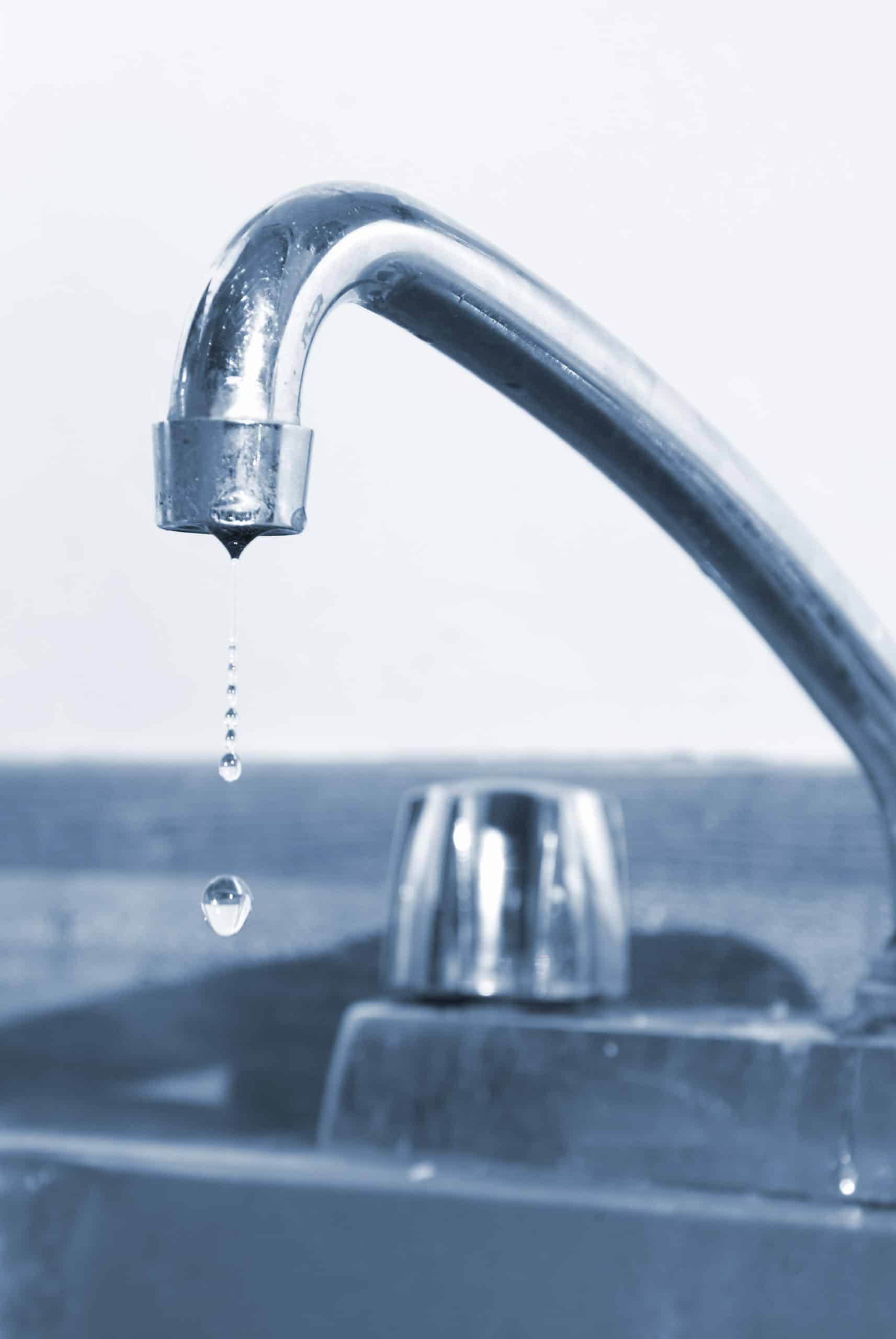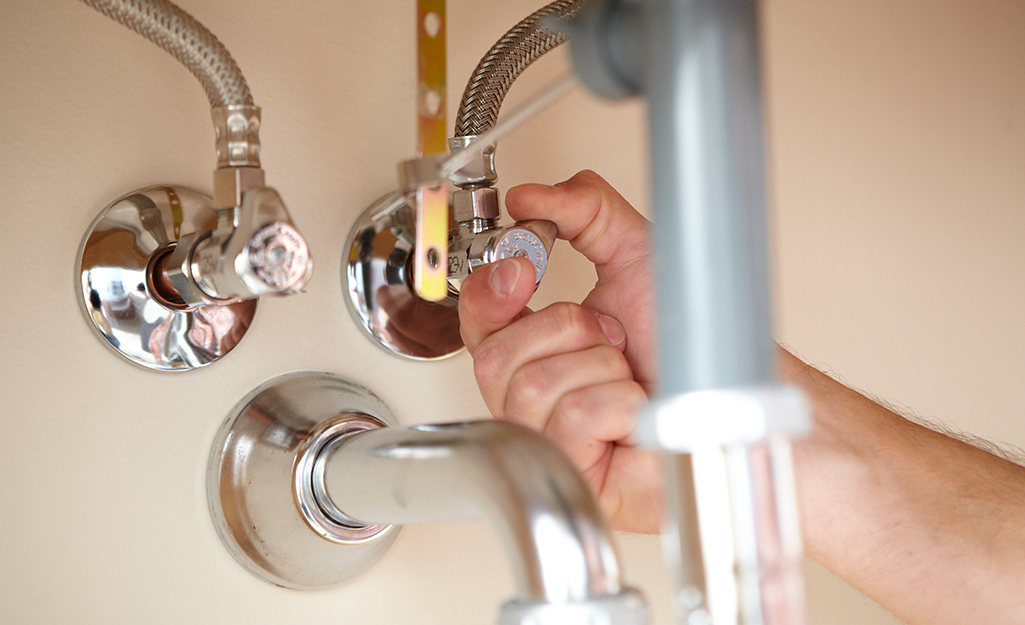Which It's Crucial to Rectify a Malfunctioning Faucet
Which It's Crucial to Rectify a Malfunctioning Faucet
Blog Article
On this page down the page you might get a bunch of superb content around Why It's Important to Fix Leaky Faucets.

Trickling faucets could seem like a minor trouble, however their effect goes beyond simply the annoyance of the audio. From wasting water to incurring unneeded economic prices and wellness threats, disregarding a trickling tap can cause different effects. In this article, we'll explore why it's essential to resolve this typical household problem quickly and successfully.
Wastage of Water
Environmental Impact
Dripping faucets contribute substantially to water wastage. According to the Environmental Protection Agency (EPA), a single tap dripping at one drip per second can throw away more than 3,000 gallons of water per year. This not just stress water sources however additionally affects ecological communities and wildlife based on them.
Financial Costs
Enhanced Water Bills
Beyond the environmental effect, trickling taps can pump up water expenses substantially. The collected wastefulness with time translates into higher utility costs, which can have been prevented with prompt repair services.
Possible Residential Property Damage
Additionally, extended dripping can cause damage to fixtures and surface areas surrounding the faucet. Water buildup can trigger discoloration, corrosion, and even structural concerns if left ignored, leading to added repair service costs.
Health and wellness Concerns
Mold and Mold Growth
The constant existence of dampness from a dripping tap develops a perfect environment for mold and mildew and mold growth. These fungi not only jeopardize indoor air top quality however likewise posture health and wellness dangers, especially for individuals with breathing conditions or allergic reactions.
Waterborne Conditions
Stationary water in trickling taps can end up being a breeding place for germs and various other virus, raising the risk of waterborne conditions. Impurities such as Legionella germs grow in stationary water, potentially bring about serious illnesses when consumed or breathed in.
DIY vs. Expert Repair
Pros and Cons of DIY Fixing
While some might try to take care of a dripping faucet themselves, do it yourself fixings include their own collection of obstacles. Without appropriate expertise and devices, DIY efforts can worsen the issue or result in insufficient repair work, prolonging the issue.
Advantages of Hiring a Professional Plumber
Employing an expert plumber ensures that the underlying reason for the leaking tap is dealt with efficiently. Plumbing technicians possess the know-how and devices to identify and repair faucet problems efficiently, saving time and reducing the threat of more damages.
Step-by-Step Guide to Taking Care Of a Dripping Faucet
Tools Needed
Before trying to repair a dripping tap, gather the necessary tools, including a flexible wrench, screwdrivers, replacement parts (such as washing machines or cartridges), and plumber's tape.
Usual Tap Issues and Their Solutions
Recognize the kind of faucet and the specific problem creating the drip. Common problems include damaged washers, corroded shutoff seats, or defective O-rings. Describe producer instructions or on-line tutorials for detailed assistance on repair services.
Preventive Measures
Normal Maintenance Tips
To prevent dripping faucets, perform routine maintenance such as cleaning aerators, inspecting for leakages, and replacing worn-out components without delay. In addition, consider setting up water-saving tools or upgrading to much more effective fixtures.
Importance of Prompt Repair Works
Resolving dripping taps as soon as they're discovered prevents additional water waste and prospective damage, eventually conserving both water and money in the future.
Impact on Residential Property Value
Assumption of Well-Maintained Residential Property
Keeping a residential or commercial property in good condition, consisting of resolving maintenance problems like leaking faucets, boosts its viewed worth and worth amongst potential customers or lessees.
Impact on Resale Value
Residences with well-kept plumbing fixtures, including taps, command greater resale values in the realty market. Dealing with trickling taps can add to a favorable impact during building evaluations and settlements.
Environmental Obligation
Specific Contribution to Preservation
Taking responsibility for repairing leaking taps lines up with wider efforts towards water preservation and ecological sustainability. Every person's actions collectively make a significant effect on preserving priceless sources.
Lasting Living Practices
By focusing on prompt repairs and embracing water-saving behaviors, people add to lasting living methods that benefit both present and future generations.
Conclusion
Resolving a trickling tap exceeds plain ease; it's an essential step toward saving water, minimizing economic prices, and securing health and wellness and property. Whether through DIY repair services or professional aid, acting to take care of dripping faucets is a small yet impactful method to advertise accountable stewardship of sources and contribute to a much healthier, much more lasting future.
How to Fix a Leaky Faucet: Step-by-Step Repair Guide
A leaky faucet may seem like a simple annoyance, but if it's not fixed promptly, that leak could cost hundreds to potentially thousands. From water damage to mold, mildew, and high water bills, even a tiny leak can be catastrophic if left unattended. Damage like this can even affect the overall value of your home, so it's important to take the right approach for leaky faucet repair. You may need the help of a plumber in some cases, but we've got a few tips you can try on how to fix a leaky faucet before calling the pros.
Four Faucet Types
When you're learning how to fix a leaky faucet, the first step is knowing what kind of faucet you're working with! There are four common types.
Cartridge Faucets
Cartridge faucets come in one- or two-handled varieties. In one-handled cartridge faucets, hot and cold water combines in a single cartridge. In the two-handled versions, hot and cold water are controlled separately and mixed in the faucet.
Ball Faucets
Ball faucets have a single lever you push up and down to adjust the pressure and rotate to change the temperature. A slotted metal ball controls the amount of water allowed into the spout.
Compression Washer Faucets
They're the oldest type of faucet, but they're still used in many homes — especially older ones. Compression faucets have two separate handles that, when turned, raise or lower the washer that seals a water valve. This valve stops water from flowing through the faucet when it is turned off.
Disc Faucets
Disc faucets rarely need to be repaired due to their maintenance-free design. The water flow is controlled by two discs — the upper one raises and lowers against a fixed lower disc, creating a watertight seal. If your disc faucet starts leaking, you may need to replace the seals or clean residue buildup from the inlets.
Fixing a Leaky Faucet
Step 1: Turn Off the Water
Whether you're learning how to fix a leaky bathtub faucet or how to fix a leaky kitchen faucet, always turn off the water supply to your working area when you're fixing a leak. The last thing you want is a flood added to your list of things to fix.
Look for the shutoff valves below your sink or around the tub and turn them clockwise to stop the water flow. If your faucet doesn't have shutoff valves, you may need to turn off the water for the whole house. Check to make sure it's off by turning the faucet on. If nothing comes out, you're ready to start the repair.
Step 2: Take Apart the Faucet
How you disassemble your faucet depends on the type of fixture you have. You can use a flathead screwdriver to remove the caps on top of the handle or handles for cartridge and compression faucets. Inside, you should see handle screws. Unscrew these with a screwdriver to remove the handle.
Disc- and ball-style faucets will typically have an inlet screw near the handle, and removing that will reveal the interior of the faucet.
Detach the Valve Stem
For cartridge- and compression-style faucets, you'll see the inner valve stem or cartridge once you remove the faucet handles. If you have a compression faucet, unscrew the brass valve stem. If you have a cartridge faucet, pull out the cartridge. If your cartridge has been in place for a while, it may require some tools or extra force to remove it due to mineral deposits.
Examine and Replace Parts
Once you've removed the parts, check them out to confirm what needs to be replaced. You may see corroded rubber washers, O-rings, stems, or cartridges. On a ball-style faucet, check the seats and springs for damage.
If you need to repair a leaky disc faucet, check the inlet and seals on the lower disc.
Once you determine what parts must be replaced, visit your local hardware store. Bring the damaged parts with you to ensure you can purchase the correct components to replace them.
Clean Valves and Faucet Cavity
If you've removed a stem or cartridge, you may notice mineral buildup in the faucet's threads. Use white vinegar to clean the valve seat by soaking it for a few minutes, then scrub it away with a soft toothbrush and rinse with warm water. You can also clean the interior of the faucet in the same way.
Reassemble the Faucet
Once your faucet is cleaned and the required parts have been replaced, it's time to reassemble it. Put the pieces back together and slowly turn the water supply back on. Doing this slowly is crucial because too much initial water pressure can damage the new hardware you've just installed.
https://homewarranty.firstam.com/blog/how-to-fix-leaky-faucet

Do you enjoy reading up on How to Fix a Dripping or Leaky Faucet ? Give a remark directly below. We will be glad to listen to your views about this blog post. We hope that you come back again in the near future. Liked our posting? Please share it. Let others locate it. I enjoy your readership.
Report this page